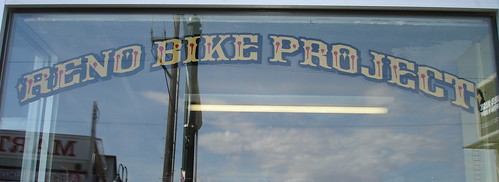Well I missed my blogs birthday a few weeks ago – So belated Happy Birthday blog! Here is my first post:
Why Field Trips, Technology and Project Based Learning?
Sunday, March 5th, 2006
Why Field Trips and technology and project based learning? They build schema and experience many of our students don’t have.
School mission statements have revolved around developing students that know how to learn or teach themselves for many years.
“Students will develop the skills required to become lifelong learners,†has become almost a mantra in education. Then we go about this by doing what we have been doing forever – just more focused, organized and, “research based.†NCLB added “the stick†because obviously what was missing was strict accountability.
Language and math “literacy†have become the focus because the thinking is that underachieving students will never make it without the “3R’s.†OK, fair enough – and some of those programs have made a difference – especially in primary grade reading and math test scores. However, as soon as students get to 3rd or 4th grade those scores drop and continue to drop more each grade level thereafter.
Why? Partly because the programs being mandated are so time consuming that there is no time for anything else (field trips, real science, real social studies, art, technology, PE, etc.) where students might experience at least some of the vocabulary and background knowledge required to make sense of what they read – and make it interesting. When students hit upper elementary, reading and math questions stress more and more analytical skills and vocabulary and students often just don’t have the schema in those areas to be successful. Reading then is too often meaningless and boring.
Technology has become a new tool of literacy – like it or not. Just like long ago:
At a teacher’s conference in 1703, it was reported that
students could no longer prepare bark to calculate problems. They depended instead on expensive slates. What would students do when the slate was dropped and broken?
According to the Rural American Teacher in 1928,
students depended too much on store bought ink. They did not
know how to make their own. What would happen when they
ran out? They wouldn’t be able to write until their next trip to
the settlement.
We are not doing our students justice by not giving them experience with the new tools of literacy because we don’t feel they know the old ones well enough. Technology is a gateway to learning that without the knowledge of its use students will be at a disadvantage compared to those that do.
Don’t believe that yet? We will continue to convince you.


